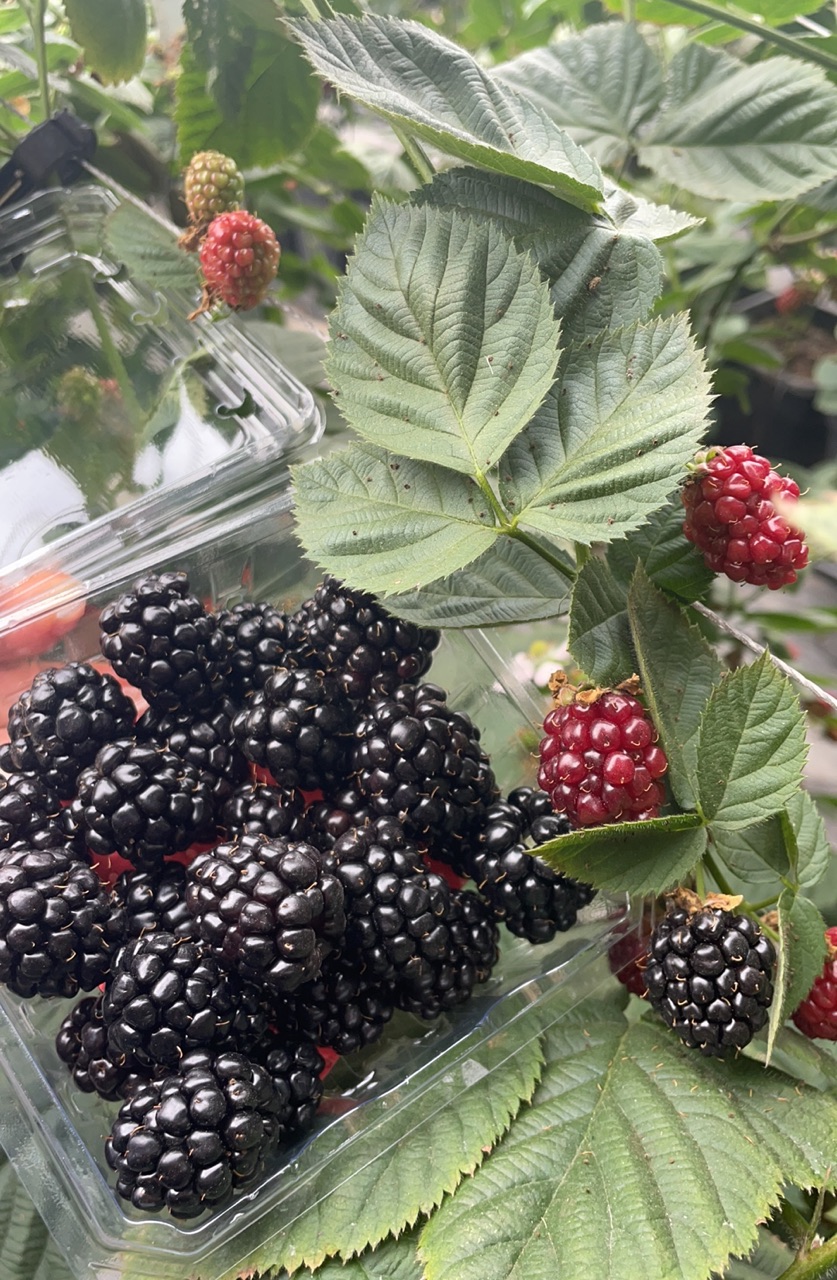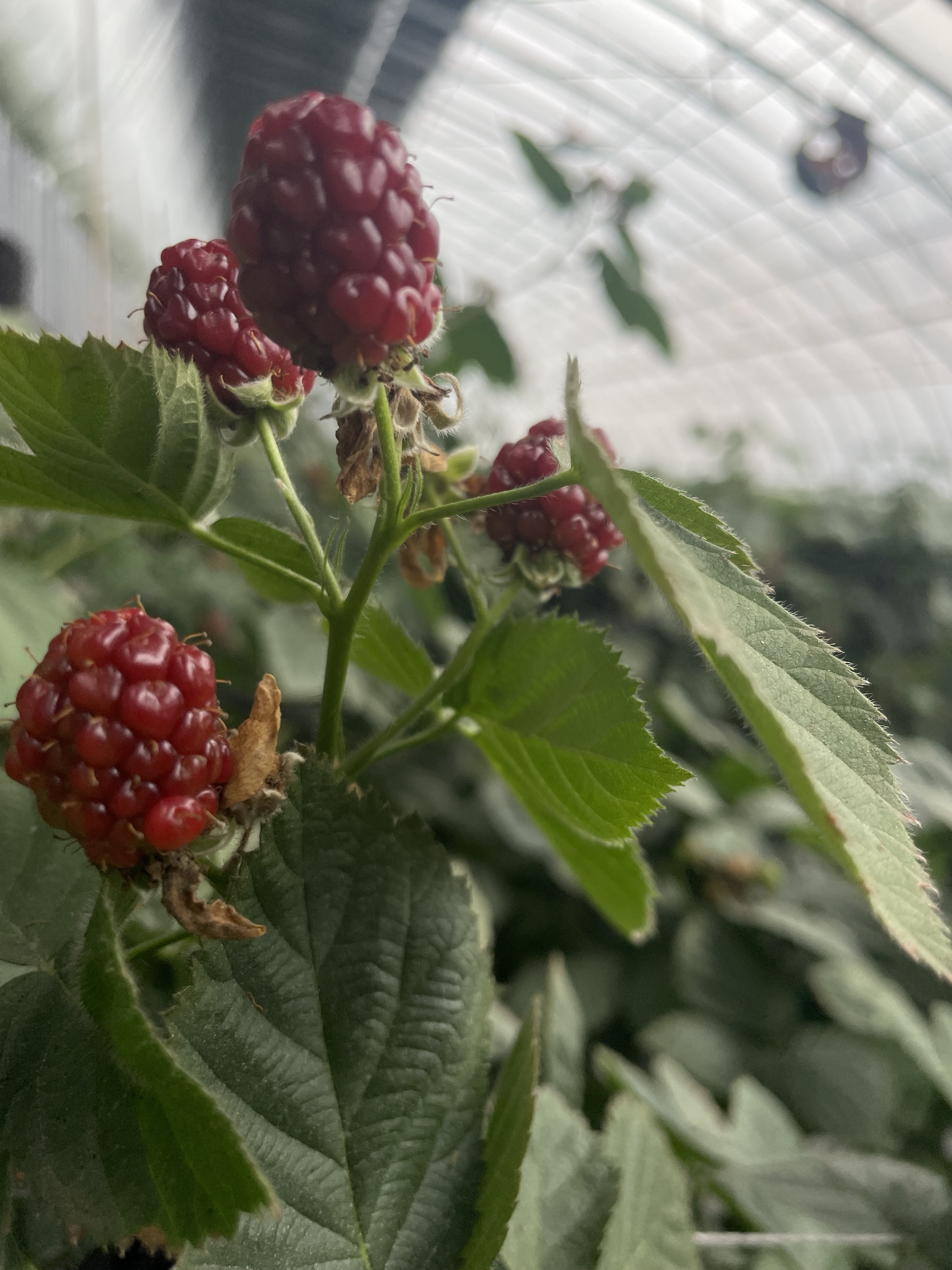
Raspberries, particularly red varieties, have garnered global attention as a premium functional food ingredient, cherished for their abundant anthocyanins and vitamin C content. This nutritional profile not only satisfies health-conscious consumers but also opens lucrative markets with growing demand for berry-based products worldwide. However, the inherent perishability of raspberries and other soft berries presents significant logistics challenges that threaten both quality and profitability throughout the supply chain.
Cold chain management emerges as the cornerstone for preserving berry freshness—from delicate harvesting to the point of delivery. The complexity lies in maintaining precise temperature and humidity conditions during sorting, packaging, storage, and transport phases. Even slight deviations can accelerate enzymatic degradation, moisture loss, and microbial growth, thereby reducing shelf life and market value.

| Challenge | Impact | Mitigation Strategy |
|---|---|---|
| Temperature Fluctuations | Accelerated spoilage and texture loss | Real-time temperature monitoring with alerts |
| Humidity Imbalance | Moisture loss or fungal contamination | Automated humidity regulation and ventilation control |
| Delayed Response to Quality Deviation | Increased waste and customer dissatisfaction | Integrated IoT-enabled alerts for immediate intervention |
The journey of premium red raspberries begins at carefully timed harvesting moments, optimizing fruit maturation and nutrient retention. Post-harvest, rapid cooling to temperatures between 0-2°C curtails respiration rates. Sorting and packaging employ breathable materials that maintain a balanced microclimate—reducing mechanical damage and moisture loss. During transportation, refrigerated vehicles with built-in intelligent monitoring sustain optimal environmental parameters, accompanied by GPS tracking to ensure timely delivery.

Advanced cold chain monitoring systems integrate IoT sensors with cloud-based platforms, enabling continuous data collection for temperature, humidity, and vibration levels. Such systems empower stakeholders to make data-driven decisions:
Empirical data from industry trials demonstrate a reduction in berry loss by up to 20% and a shelf life extension averaging 3-5 days when intelligent monitoring is employed. These improvements directly translate into enhanced product quality and higher consumer satisfaction.

Cold storage facilities tailored for berries utilize controlled atmosphere technologies to regulate oxygen (typically 3-5%) and carbon dioxide (5-10%) levels, slowing post-harvest metabolism. Transportation equipment selection hinges on maintaining a uniform temperature gradient and shock absorption to prevent bruising. Integration of RFID tags and blockchain-based data logging enhances product provenance verification, a compelling advantage in international commerce.
The strategic deployment of cold chain technologies not only preserves the innate nutritional and sensory qualities of raspberries but also serves as a powerful trust mechanism for global buyers. Lower spoilage rates correspond with greater inventory predictability, reduced waste-associated costs, and consistent end-user satisfaction—critical factors influencing procurement decisions across markets.
Moreover, these innovations align with sustainable development goals by curtailing food loss and minimizing carbon footprint, reinforcing the brand image of suppliers committed to environmental responsibility.
Discover how integrating intelligent cold chain monitoring can elevate the quality, reliability, and market competitiveness of your raspberry products today.